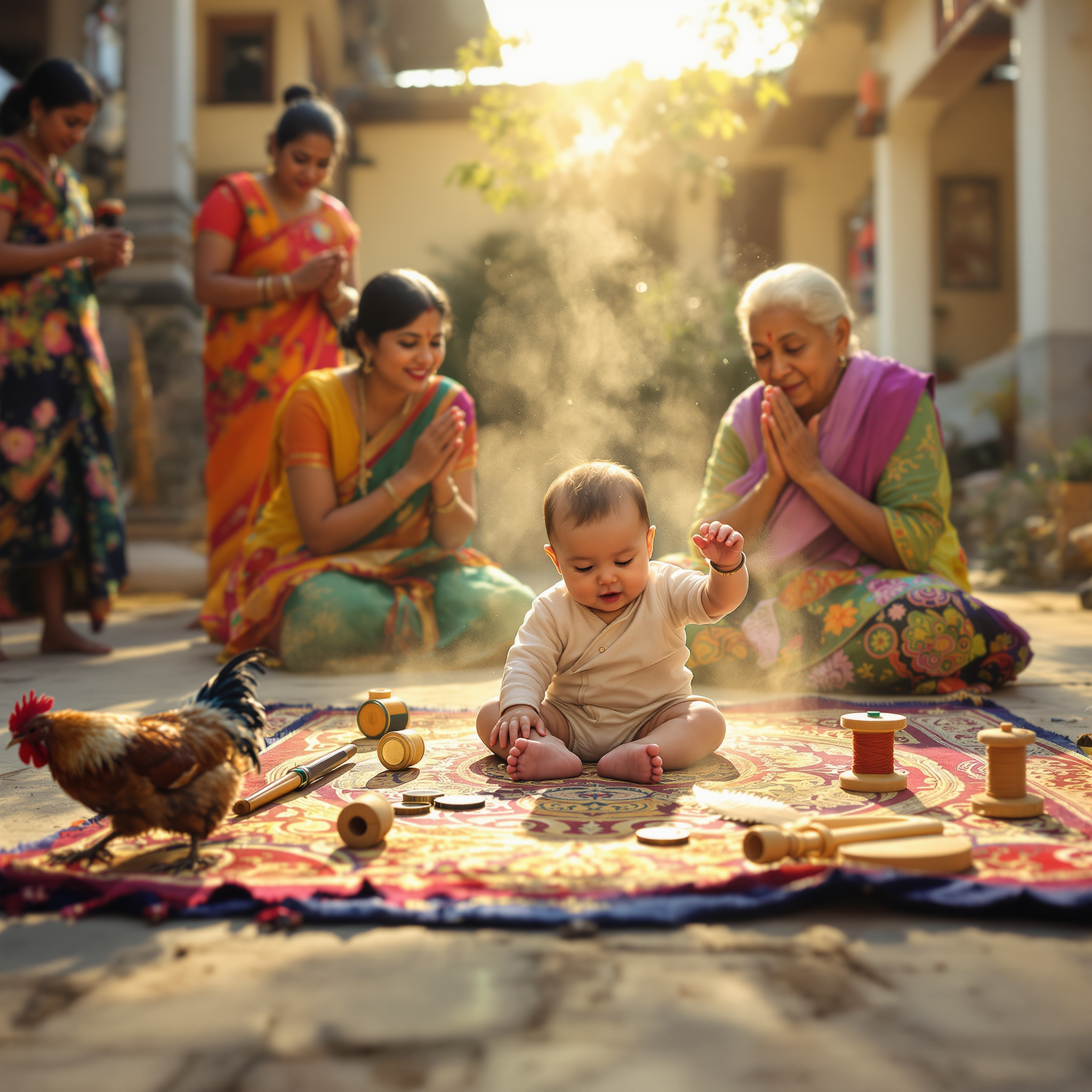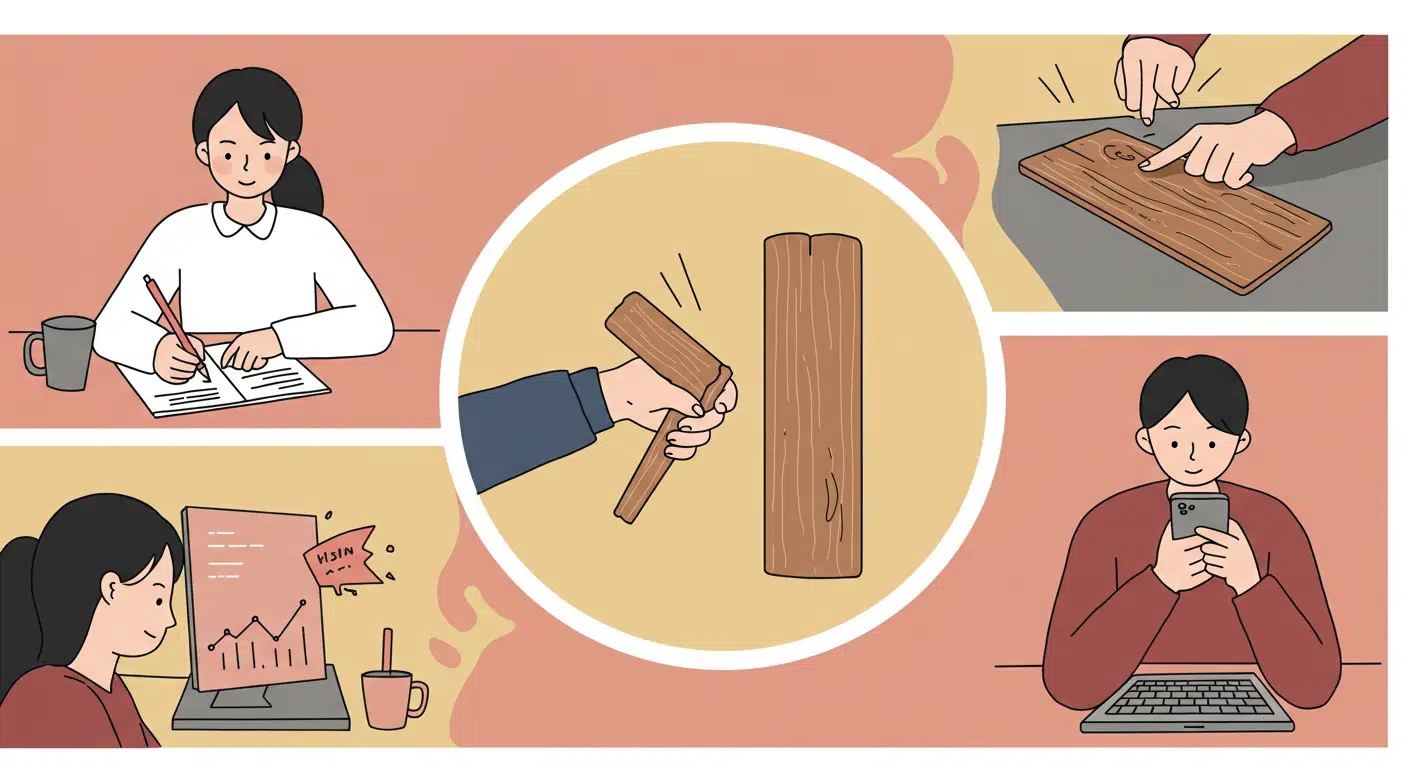This superstition emphasizes not just the act of giving a gift, but the method of wrapping it as a way to invoke positivity and blessings. Brightly colored wrapping paper—particularly red, gold, or other vibrant hues—is seen to symbolize joy, prosperity, and celebration. Red and gold ribbons are specifically favored as these colors have strong cultural associations with success, wealth, and protection in many Asian traditions, especially in Chinese culture. Typically, gifts are wrapped with care before being offered, ensuring the ribbons are not tangled and that the overall presentation conveys festivity and respect. The belief is that a beautifully and correctly presented gift enhances the goodwill exchanged and may impact the receiver’s fortune in symbolic or metaphysical ways.

A baby’s future career or fate is predicted by the first object they select during a ceremonial setup.
In several Asian and Eastern European cultures, a traditional ceremony is held for babies usually around their first birthday. Known


